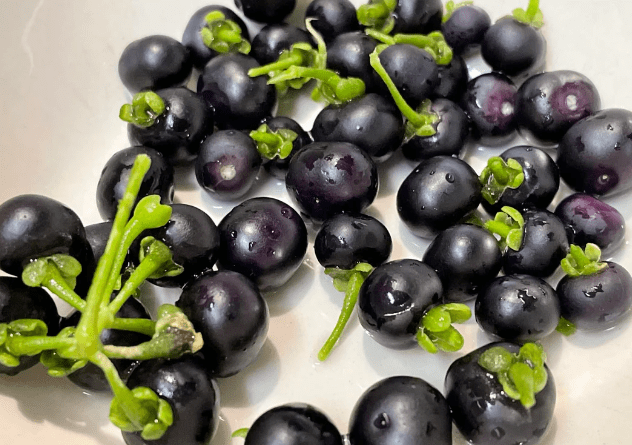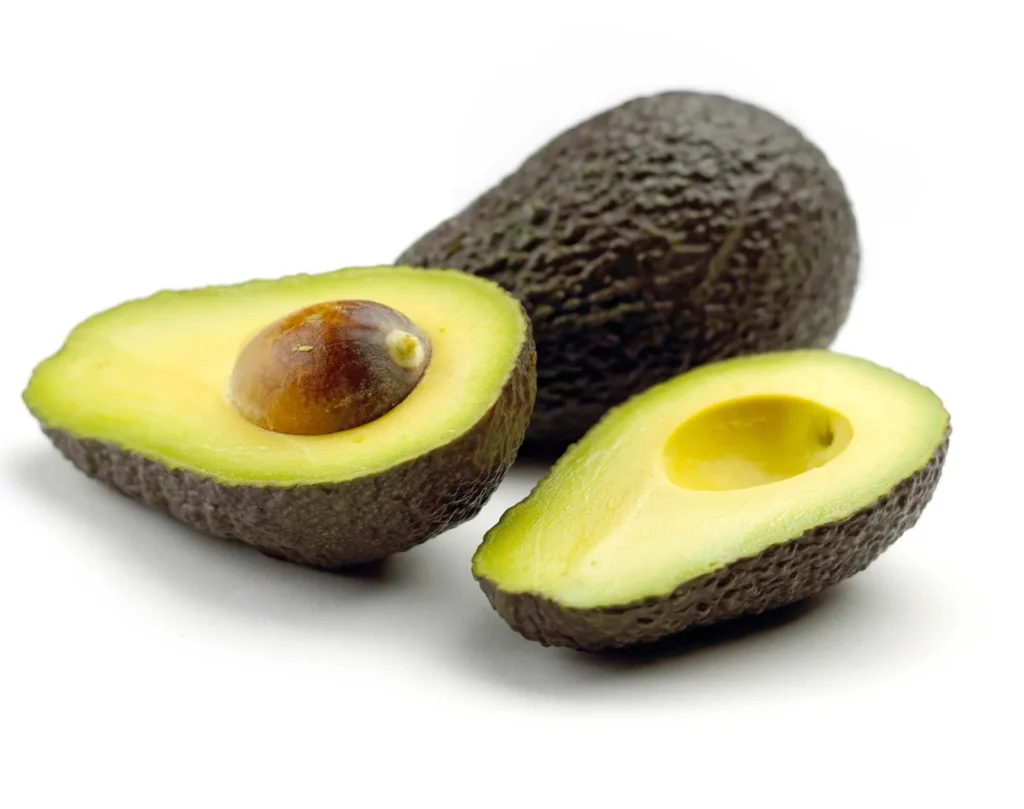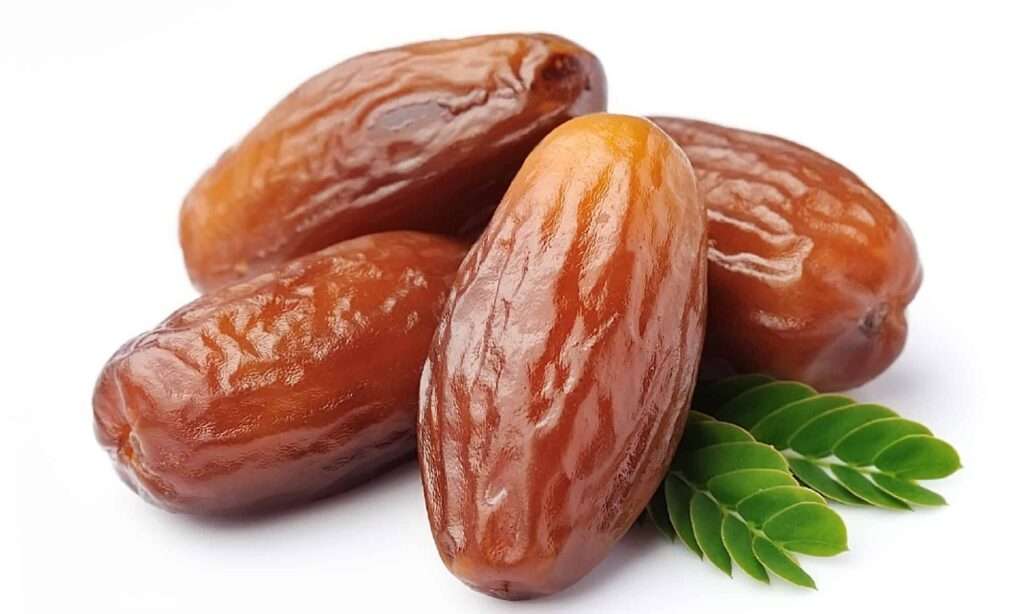
Description
Bell-shaped flowers with a greenish white hue grow from April to July. Fruit ranges from pink to orange-red and can be up to 1/2 inch in diameter. From June through August, when the berries are ripe, they are often picked straight from the bush.
Varieties
The black, or high-bush, huckleberry is another name for the common huckleberry found in the eastern United States and Canada. The dwarf huckleberry ranges from Newfoundland to Florida. Native to the eastern and central United States, the box huckleberry is capable of producing enormous clones, some of which are thousands of years old, through vegetative reproduction.

Uses
To make mouthwatering muffins, pies, or cobblers, use huckleberries the same way you would any other berry. Even savory meals may be made with them, such as this lemony quinoa with chickpeas and huckleberries. Huckleberries are ideally cooked because some people find them unpleasant when eaten raw due to their mealy texture.
Nutrition
100g of huckleberries (raw) contain 37 Calories, 0.1 g Fat, 0.4 Protein, 8.7 g Carbohydrate, 15 mg Calcium, 10 mg Sodium 0.3 mg Iron, and 2.8 mg Vitamin C.
Cultivation
Sandy, acidic soil with a range of 4.3 to 5.2 pH is necessary for Huckleberry. To test yours, use a DIY kit, or send a sample to a laboratory that analyses soil. Based on the findings of your soil test, enrich your soil as necessary. Regular watering is best for huckleberries.
Table





